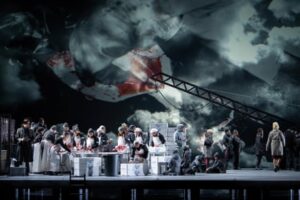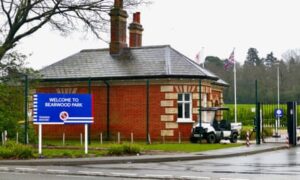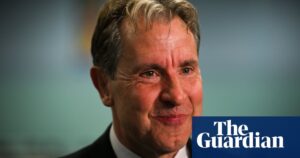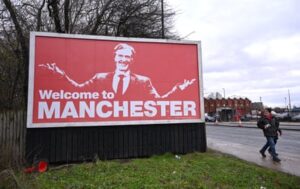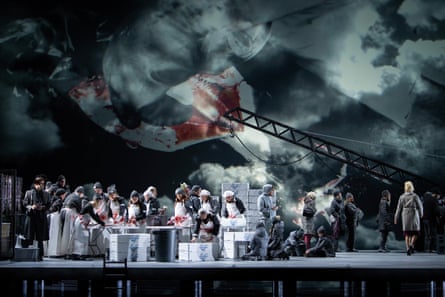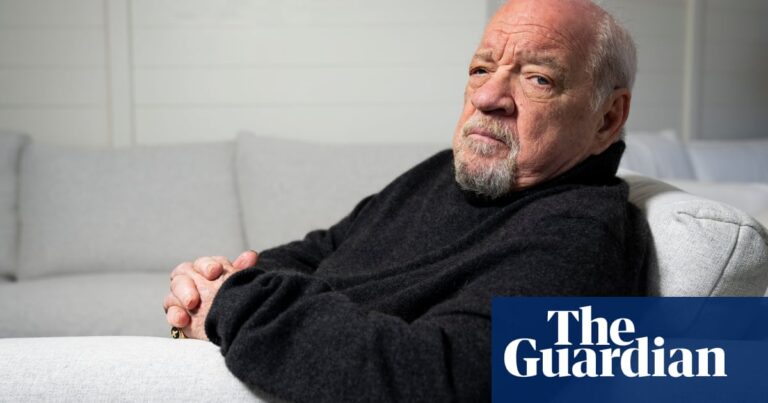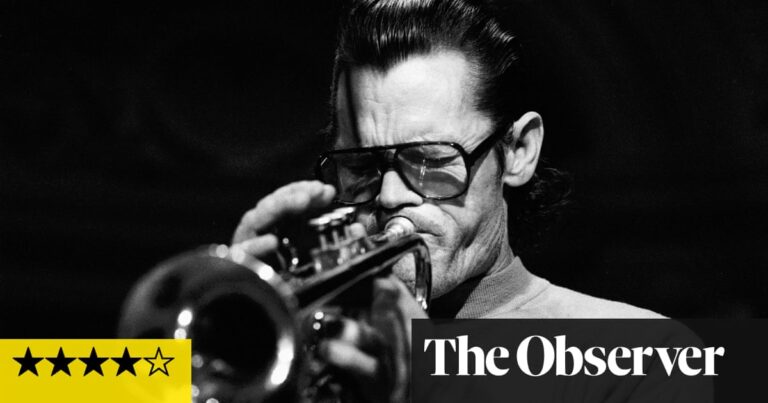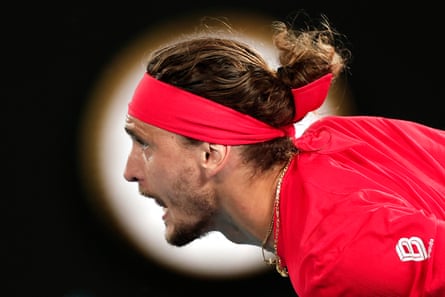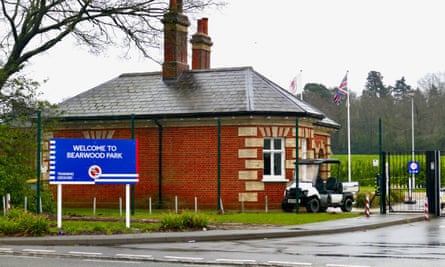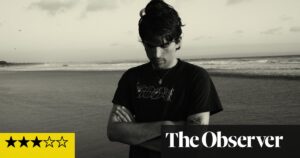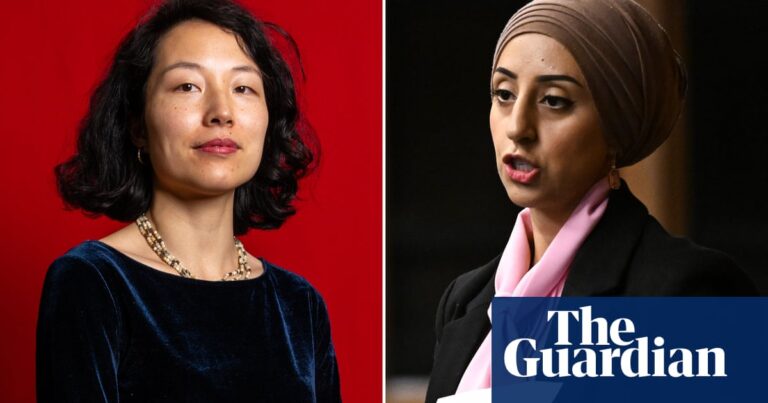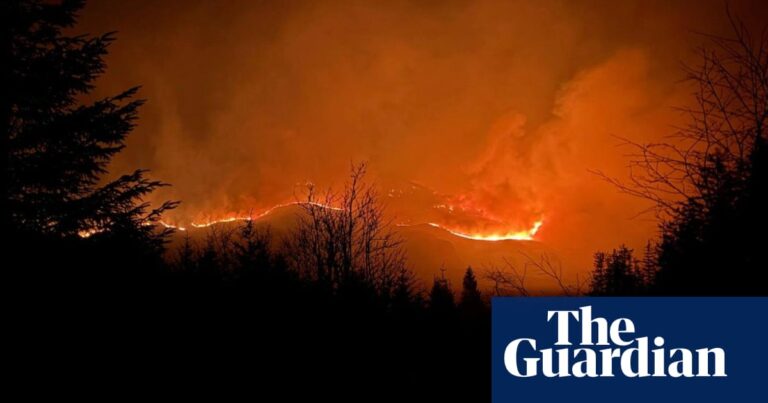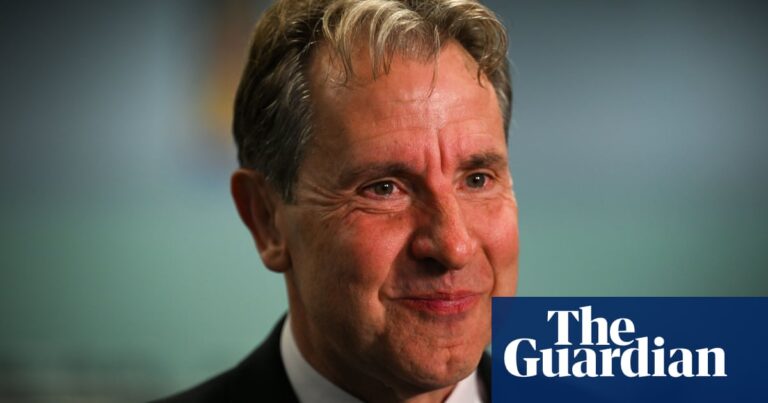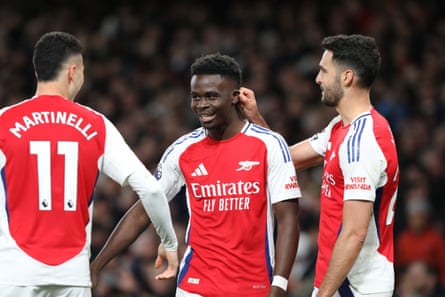In the 50 years since Francis Ford Coppola’s The Conversation was released in theaters, the evolution of technology and the devolution of political culture have combined to make it seem both prescient and quaint. The film’s hero, Harry Caul, fears the future his job as a professional wiretapper helps to create, one in which surveillance threatens to encroach on everyday life and anti-government paranoia runs so rampant that truth seem as graspable as sand through your fingers. What would Harry make of a world where small cameras are ubiquitous in public spaces and people voluntarily give away information about themselves on social media or ice cream apps?
Consider Harry’s 44th birthday, which he celebrates by changing his mailing address to a PO Box and breaking up with a sometime girlfriend he’d been seeing under an alias. As played with devastating sadness by Gene Hackman, Harry is such a legend in the surveillance business that colleagues beg him to appear next to the latest gizmo at their convention booths, but he behaves as if someone like him is tracking his every move – which, as it happens, isn’t that ridiculous a thought. He yearns for intimacy but shrinks from even the most basic questions about his private life. His landlord leaving him a bottle of wine for his birthday is a full-blown security crisis – how did she get past the alarm? Why does she have a key? – and innocent queries from his lover (Teri Garr) about whether he lives alone and what he does for money are like the Spanish Inquisition.
Produced between The Godfather and The Godfather Part II, The Conversation was the only film that Coppola made in that peerless decade (which he ended with Apocalypse Now) that he scripted alone, without drawing from a literary source. As such, it feels uniquely personal, even for a director who famously invests so much of himself, creatively and financially, in his art. Though the film isn’t officially adapted from Michelangelo Antonioni’s 1966 classic Blow-Up, Coppola does for sound what Antonioni did for picture, using one incomplete morsel of information to get at a truth that proves persistently elusive. It’s a potent metaphor for the movies themselves, which make an art of constructing reality from disassembled pieces, but it also speaks to a wider sense of unease that was gripping the culture at the time.
In the masterful opening sequence – which somehow did not result in an Oscar for sound for his legendary editor, Walter Murch, and engineer Art Rochester – Harry and his team are tracking a couple (Frederic Forrest and Cindy Williams) in San Francisco’s crowded Union Square. Starting from a creepy bird’s-eye overhead shot that eventually settles on the couple below, Coppola brings in multiple tracks at once, some covering a jazz band and the general hustle bustle of lunch hour, and others jittering with distortion, as they try to pick up the conversation from multiple angles. Through a beautiful choreography of technicians and listening devices, including a mic that not-so-subtly resembles a sniper rifle, Harry gets the coverage his client wants and takes it back to his office for an edit.
As Harry starts to synchronize three tracks into one, all on reel-to-reel recorders that evoke an old Steenbeck editing suite, the chatter at first seems utterly banal. (Upon seeing an unhoused man on a bench, the woman memorably laments, “I always think that he was once somebody’s baby boy…”) And it’s not Harry’s job to care about what’s on the tapes anyway, because it gives him the moral distance necessary to keep from feeling responsible for how they’re used. But when he tries to turn over this particular batch of tapes, an intermediary (a young, terrifying Harrison Ford) is there to give him the agreed-upon $15,000 cash, not the man who hired him. So Harry takes the tapes and leaves the money.
From there, Harry’s already keen paranoia heightens further and he starts to believe that the couple he recorded is in mortal danger, to say nothing of himself. And just as the wages of sin were an important element of Coppola’s The Godfather two years earlier, Harry’s deep-seated Catholic guilt starts to eat away at his conscience. We see an early glimmer of his faith when he chides his protege (John Cazale) for using the Lord’s name in vain, but his previous work for the government led to such a tragic end that he changed coasts and moved into the private sector. He can’t bear the thought of it happening again.
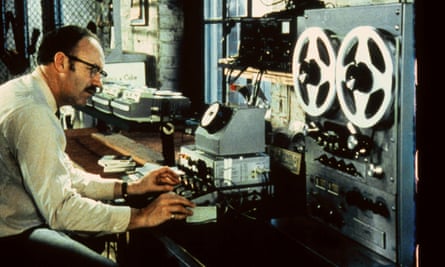
Coppola sets up a twisty suspense thriller that pays off beautifully in the end – it’s not what the couple says, but where the emphasis goes that matters – but The Conversation feels like a much more internalized affair, despite its frightening intimations of Watergate. Cued by David Shire’s mournful piano score, which sets the mood as effectively as Nino Rota’s famed theme for The Godfather, the film underlines Harry’s overwhelming loneliness and alienation, to the point where the need for intimacy becomes his sole, exploitable weakness. Hackman isn’t the type of actor to sentimentalize a character like Harry, but he suggests vulnerability the most when he’s putting others at an arm’s distance. His expertise has turned him into a self-effacing pariah.
That’s where The Conversation seems most contemporary, despite the fascinating differences between 1974 and 2024: the tools of technology designed to bring Harry closer to other humans create their own kind of distance and confusion, the opposite of understanding who they really are. We take part in those conversations online every day. We eavesdrop on them, too, because people talk to each other and “share” on public forums. Coppola’s brilliant film predicted a future in which the more we think we know about human beings, the less we likely do.
Source: theguardian.com
